Available Dates:
Week 1: June 1 – 8, 2025 (Dennis, SOLD OUT)
Week 2: June 10-17, 2025 (Dennis, SOLD OUT)
Week 3: Sept 12-19 , 2025 (Steve & Dennis, SOLD OUT)
Week 4: Sept 21-28, 2025 (Steve & Dennis, SOLD OUT)
Just added Week 5: July 11-18, 2025 (Dennis, SOLD OUT)
Join the waitlist – click here
Meet Your Photo Guides!
Steve Perry (September Tour Leader)
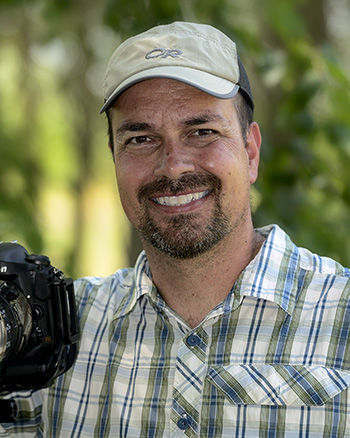
Steve will be leading the September tours and will use his extensive experience photographing wildlife all over the world to help you secure the best possible images in any situation. He will help you with both the technical and creative aspects of wildlife photography in Cost Rica. Steve’s field techniques are used worldwide by amateurs and pros alike and he can’t wait to show you how to leverage these techniques in the field.
Dennis Valverde (June tour leader, co-leader in September)
We’ve partnered with pro wildlife photographer and naturalist Dennis Valverde and he will conduct our June Costa Rica workshops and co-lead the September ones with Steve. Dennis has worked side by side with Steve on each of the 22 workshops he’s done in Costa Rica. Dennis knows exactly what it takes to shoot successfully in the rainforest. He shoots, thinks, and teaches the same way Steve does and when they did workshops together, you could ask Steve or Dennis a question and get the same answer from both.
Dennis lives in the Osa and is one of Costa Rica’s foremost experts at shooting in the rainforest. He also brings over 17 years of experience as a naturalist guide to the table and is intimately familiar with the rainforest and the wildlife that lives there. If you’ve always wanted to capture jaw-dropping images of rainforest wildlife, no one is more qualified than Dennis to help you make that dream a reality.
Like Steve, Dennis doesn’t just tell you he can shoot; he backs it up with amazing imagery. All of the images you see below are his (see even more on his instagram page). If you want to capture images like the ones on this page, this workshop is the one for you.
“The trip to Costa Rica was far and away the best trip I have ever taken. The people, the food, the wildlife, the instruction: there wasn’t a single aspect of this trip that wasn’t FIRST CLASS. Dennis was honest but kind and patient; always offering CONSTRUCTIVE criticism intended to help improve your photography not just criticize it. His knowledge of the wildlife and the particular difficulties encountered when photographing in a difficult environment like a rainforest was outstanding. I am “chomping at the bit” to go on a new adventure with Dennis. Thank-you to Backcountry Gallery, Dennis, and the staff of Botanika for making this an experience I will never forget.”
~Dianna O.
“I had the great pleasure of working with and spending considerable time photographing Costa Rica’s fabulous wildlife with Dennis Valverde, during Steve and Rose Perry’s workshop this past July 2022.
Dennis not only knows exactly where to find all the most elusive birds and animals, he knows their behaviour patterns and every type of tree they feed in and how all the flora and fauna interact in the many complex micro eco systems of Osa Peninsula.
The Adventure Of A Lifetime!
We’re excited to announce our new 2025 Costa Rica Wildlife Photography Workshop! This once-in-a-lifetime photo workshop will take place on Costa Rica’s beautiful Osa Peninsula, a location National Geographic calls, “The most biologically intense place on Earth.” An impressive claim, but just a few hours on site is enough to make a believer out of any skeptic. In fact, I think the National Geographic statement may not do it justice!
As a full-time wildlife photographer, I’ve been to more than a few incredible locations, but I have to tell you – I’ve never experienced an environment that was so incredibly target rich and diverse as the Osa Peninsula. This is truly a workshop experience that you will always remember! When I went to evaluate the location for a potential workshop, I never dreamt I would end up shooting over 14,000 images in just under a week’s time!
What can you see and photograph? Although there are never any guarantees with wildlife, it’s very likely you’ll see quite a few of the species listed below – heck, you may see them all and then some! In fact, the Osa Peninsula harbors 2.5% of the biodiversity on the planet, even though it only covers less than 1/1000th of 1% of the surface area of the earth! There are over 463 species of birds and 140 species of mammals – think of it as Disneyland for wildlife photographers! For just a small sample of what I captured, check out the Costa Rica gallery here. To see Dennis’s work on instagram, click here!
“Dennis is a superb photo workshop leader. His style is to ‘keep things simple’ and I appreciated the lack of technical jargon and the focus on getting the best pics possible in the field. He meets each participant ‘where they are at’ with both skills and equipment and offers insights to improve. I valued the individualized approach and feedback and I could easily see the improvements in my photos from day to day. He is very approachable, friendly and fun. I enjoyed his enthusiasm for helping us find the optimal position to get great pics and his focus was always first on our experience. Dennis was flexible in his approach to our workshop schedule, allowing us time to focus on birds in flight at a nearby pier. I would highly recommend a photo workshop with Dennis and hope I get the chance to do so again.”
~Carol M.
“I had high expectations for the Costa Rica workshop and it did not disappoint. While Steve and Rose were great I found Dennis to be just as knowledgeable regarding gear. As a native he directed us to areas that produced terrific opportunities to see and photograph wildlife. He demonstrated a passion for locating the right angles to get worthwhile shots. I would not hesitate a minute to go back to Costa Rica with Dennis as the workshop leader.”
~Russell and Gailen Rosenberg
Here’s a short list of some of the more common species you’re likely to encounter.
Howler Monkeys
White-Faced Monkeys
Squirrel Monkeys
Spider Monkeys
Sloths (two / three toed both live in the area)
Anteaters
Toucans
Scarlet Macaws (largest population in Central America)
Tree Frogs (various – but especially the Red-Eyed Tree Frog, possibly dart frogs as well)
Lizards / Iguanas
Parrots / Parakeets
Various Raptors (Caracaras, Common Black Hawk, Etc)
Snakes (professionally handled)
Various Songbirds (Cherry, Golden-Hooded And Blue-Grey Tanagers are right at the resort!)
Hummingbirds (tons of fun)
And that’s just a taste – you never know what you’ll see!
As for the workshop itself, the goal is twofold. First, we want YOU to fill your memory cards with as many incredible shots as possible in the time you have and our guides will do everything in his power to make that happen. Second, we’ll will teach you as much as he can about wildlife photography in the rainforest.
“Dennis has a hawkeye for wildlife, not just spotting them but finding the right composition to show them off. He also has a great sense of humor. I enjoyed my time with him immensely.”
~Patrick Malone
As a wildlife photographer, more than 90% of the images Dennis and Steve capture each year are of wildlife. When it comes to getting critters on your memory cards, they have a wealth of tips and tricks up his sleeve that will help you accomplish that goal.
“My wife and I were lucky to join what may have been the final Steve Perry Costa Rica workshop. A huge “value added” to the experience was to meet and learn from Dennis Valverde. Not only is he an expert photographer (see “osa-photography” on Instagram), but also a very patient and engaged teacher. Dennis didn’t wait to be asked questions, he approached students and gave us advice when he sensed that we were struggling with a situation in the field. I wouldn’t hesitate to return to Costa Rica for a workshop with Dennis.”
~Larry Baumgardt
In this workshop, we’ll not only help you get the shot, but we’ll also share tips and tricks you can use to capture the special moments of any wildlife encounter. You’ll look at everything from camera and tech settings to creative techniques – it’s the whole package, and I think you’ll really enjoy it. At each wildlife encounter, we’re there to guide you and assist in capturing those wall-hangers! Also, while the guides may take a shot here and there, during the workshop, we’re NOT there for our own photos, but for YOUR photos. We’ve heard of nightmare workshops where the instructor was more interested in his or her own photos than that of the participants – that is NOT the case here. YOUR images are the priority for everyone involved.
“We had a great trip to Costa Rica with Dennis Valverde as one of our guides along with Steve Perry. Dennis is very knowledgeable not only in the local flora and fauna and where to find them but in how to get the shot and what your settings need to be. His enthusiasm in helping people have the best photo workshop ever was evident every time we went out. He is extremely patient and works hard to make sure you have a memorable experience.
I would definitely go to any workshop with Dennis in Costa Rica. He understands what it takes to make your trip awesome.”
~Bruce Ryman
In addition, we’ll also have professional guides along to help locate wildlife – and let me tell you, their ability to find wildlife borders on the supernatural (you’ll see for yourself that last line isn’t just marketing hype). They know the area and can consistently locate and hone in on wildlife of all sorts. Plus, they are super-knowledgeable about every aspect of the rainforest; from fauna to flora, they can tell you all about it. Oh, and they are a blast to hang out with – you’re gonna love ‘em!
“Dennis was great at giving appropriate feedback of our images. This allowed us to learn in-the-field by practicing recommended techniques. This instant and well received feedback provided me with improved technique and timely improvement in my photography. I would highly recommend Dennis as a guide. He was extremely knowledgeable of the various cameras and basic techniques to better capture our sightings. His local knowledge allowed us to find and then capture what we saw. He made it fun, as a group, by recording our species count each evening and competing to see which of us could best guess the total number of species that we would see and record during the workshop. I plan to attend another workshop with Dennis. Also, the other guides used and all the resort personnel were very accommodating in making us feel welcome and comfortable in the OSA Peninsula.”
~Larry B.
“I like the way Dennis handles the clients. He has great knowledge of photography and a sense of humor and he knows how to use it, much like Steve. He helps rookies like me learn how to become a better photographer.”
~John K.
Finally, your home base will be Botanika Resort – and it’s just fantastic! The property itself is beautiful, and the truth is, you can (and do) see just about every animal I mentioned on the list above. Some of my best shots were captured right there at the resort, and some of our shooting will take place there. Plus, the staff there is outstanding. Everyone is super-friendly and always makes you feel welcome. I wish all resorts were this good!
“I thoroughly enjoyed the highly educational Wildlife Photography workshop conducted by Steve Perry in Costa Rica’s Osa Peninsula this last July. Outstanding among Steve’s local workshop associates was Dennis. Not only did Dennis spot and direct us toward many of the best photo opportunities, but we all relied heavily on his personal assistance in suggesting optimal camera settings and shooting spots for the challenging light conditions we had encountered throughout the workshop. I am confident that Dennis would be an excellent instructor in future such workshops in Costa Rica.”
~Shlomo P Neuman, PhD, Regents Professor Emeritus in Hydrology, University of Arizona, Tucson, member, US National Academy of Engineering
Here’s the rundown from start to finish:
Itinerary
Note: Below is the general itinerary, but note that sometimes activities get switched if the opportunities are better.
Day 1 Arrive in San Jose Costa Rica
On the first day, you’ll fly into San Jose, Costa Rica (most flights arrive in the late afternoon or evening) and enjoy a night at the beautiful Hilton Garden Inn. It’s an incredible facility and gives you the perfect opportunity to sit back, relax, hang out by the pool, and get a good night’s sleep.
Day 2 Arrive At Crocodile Bay Resort
This is where the fun really starts! You’ll fly over on a small 12 seat “puddle jumper” in the morning, enjoying incredible views along the way. (Keep your cameras out!)
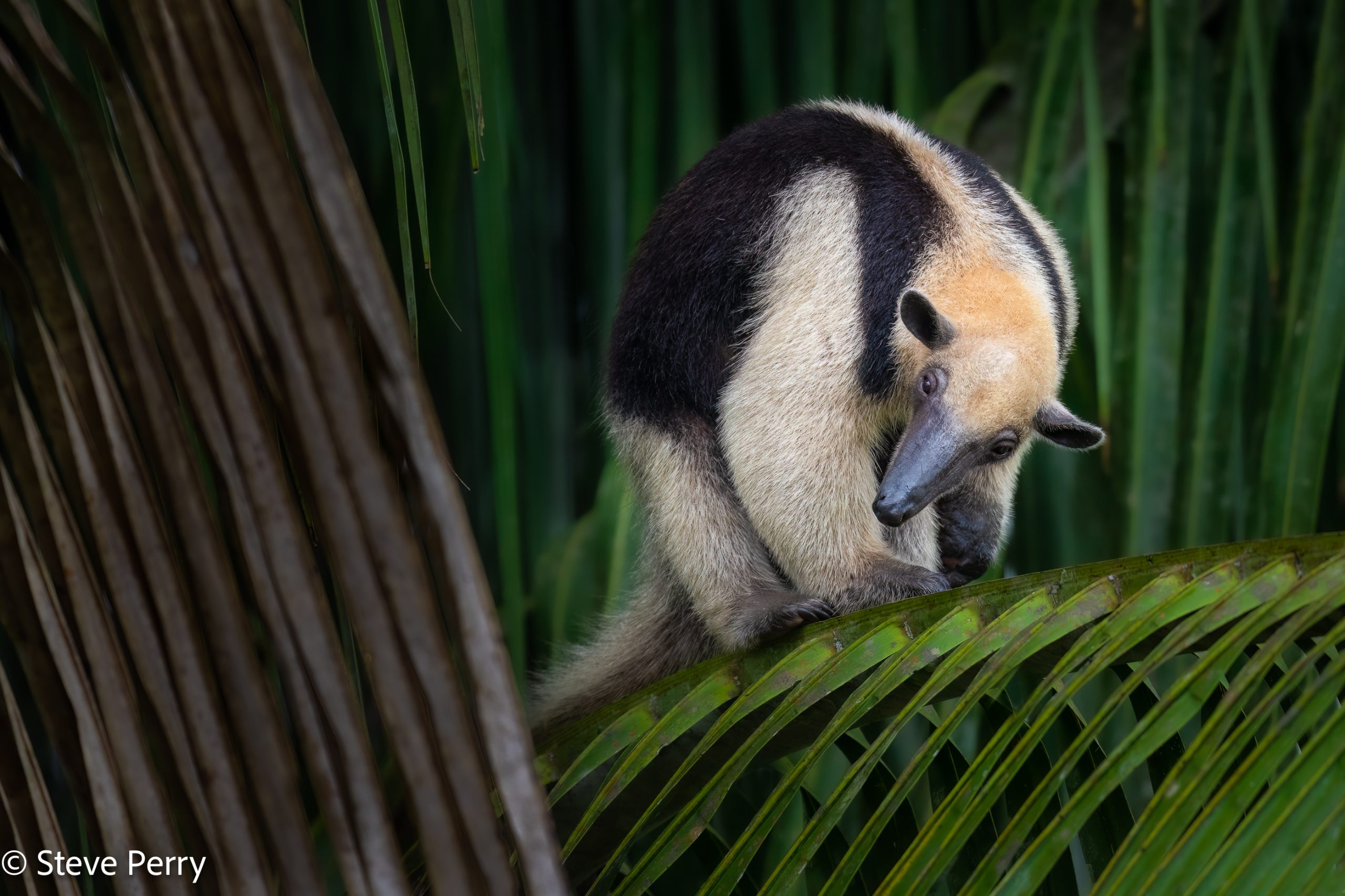
The group will meet you at the lobby and get you checked in right away. Once your gear is dropped off, you’ll hit the conference center where we’ll have a presentation that covers how to photograph the wildlife of Costa Rica. Wildlife photography in Costa Rica is challenging and we want you to be thoroughly prepared when the action starts unfolding in your viewfinder. When the amazing moments happen, we want you to know EXACTLY what to do to secure the shot. After all, you don’t want to miss an incredible photo because you weren’t fully instructed beforehand!
After the presentation, it’s time for a delicious lunch and then an afternoon photo outing so you can become comfortable with the new techniques discussed in the presentation.
Day 3 – Full Day Of Shooting
Today you’ll head out to the countryside first thing in the morning and discover some incredible wildlife with our expert guides. You’ll enjoy traveling in a set of 4WD vehicles that can get you everywhere you need to go. Throughout the day, you’ll drive through different locations, stopping along the way for interesting wildlife (some days, it’s so active you’ll stop every 10 to 15 minutes). There’s no telling what you’ll see on a given day, but the diversity is incredible.
Along the way, our guides will give a blow-by-blow of the forest and environment you’re driving through. We only ask that you keep your jaw off the floor of the truck 🙂
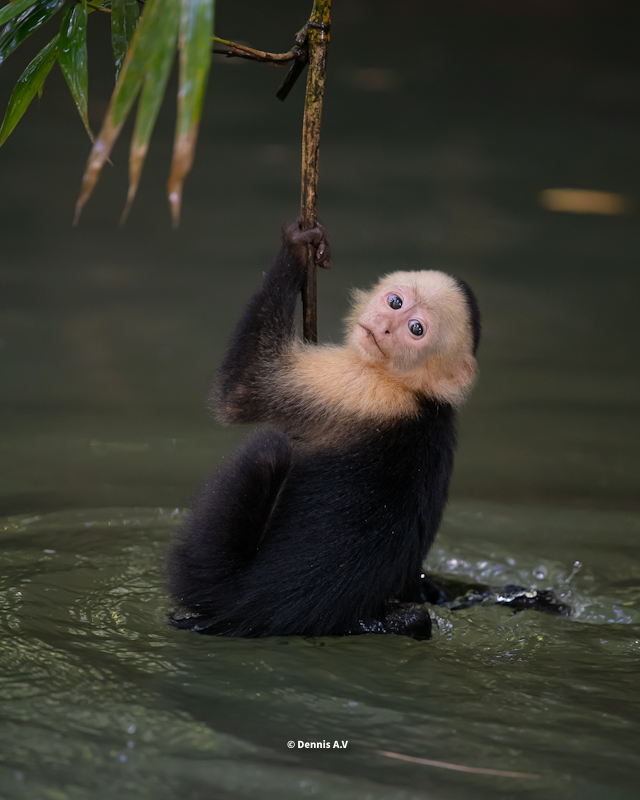
Day 4 – Reptile And Amphibian Day (usually with some birds and mammals too!)
Today you’ll get up bright and early again and off to one of my favorite locations where you’ll discover even more wildlife! You’ll have the opportunity to photograph a variety of snakes (wild snakes that are in the hands of a professional handler and released when the shoot is over), various frogs (possibly even poison dart frogs), and a large variety of birds as well.
It’s at the top of a mountain overlook and the variety will keep your shutter snapping the entire time. I captured some of my favorite images in this location and it’s by far one of my favorite spots!
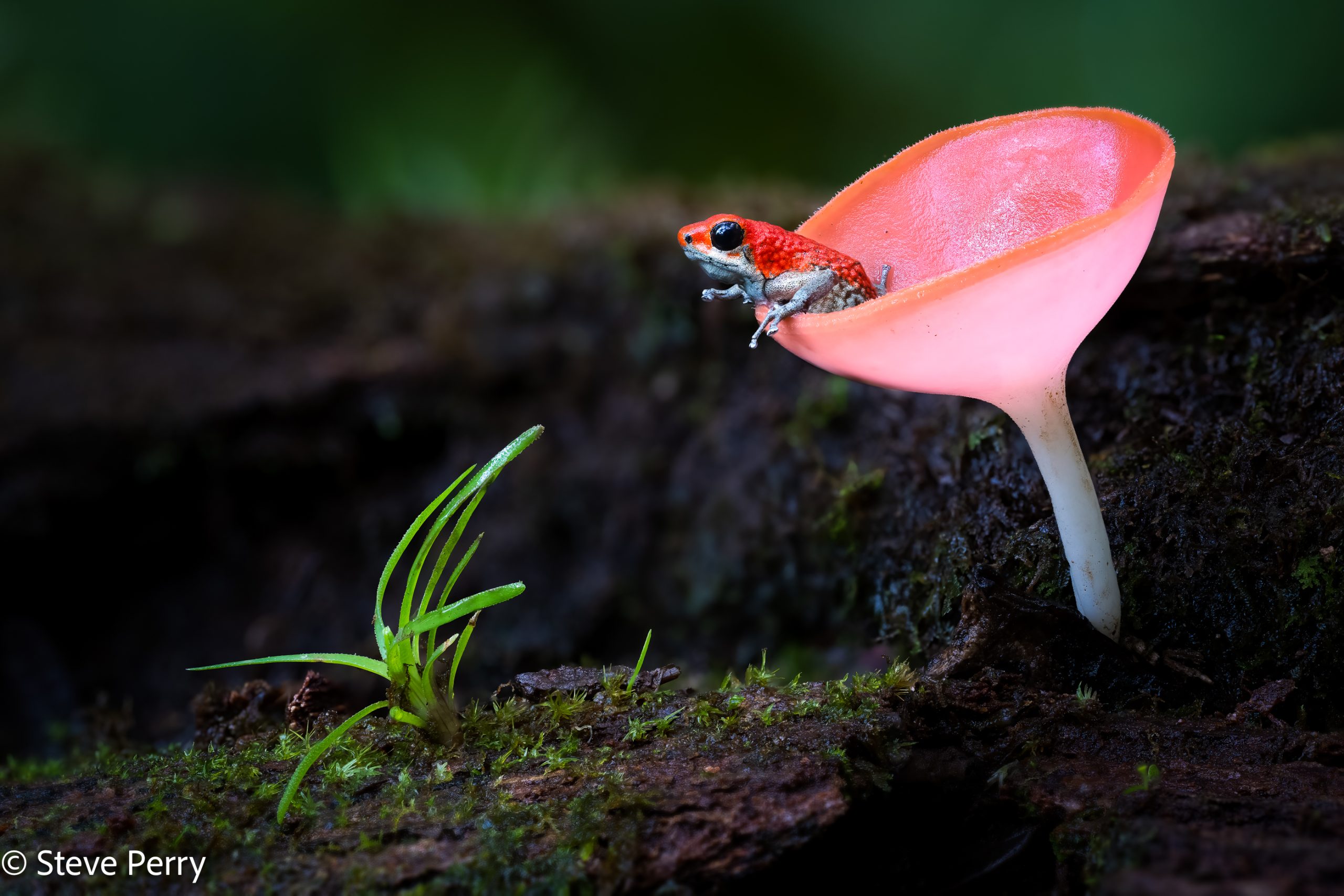
Day 5 – Sloth Tour and Image Critique
You’ll start the day by heading to the Osa Sloth Gardens. The area is a hot spot for sloth activity and will give you the best chance for getting the elusive sloth photo everyone is after! You’ll also enjoy other wildlife and a wonderful mid-morning snack there at the grounds.
After lunch, we’ll have an image critique to help (gently) point out where things went right and where a different approach might be better. Don’t worry – it’s a very positive experience where everyone in the group learns from each other, but if you’re not comfortable with it, you can skip it if you like (I know not everyone is up for an image critique).
Today we have an incredible 3 hour boat tour on the Sierpe river. You’ll embark on a pair of pontoon boats and slowly glide down the river, constantly stopping for the wildlife along the way. The shoreline is loaded with critters and the shutters fly constantly!
The wildlife along the river is accustomed to the boat traffic and often allows an incredibly close approach. You’ll want extra memory cards for sure!
Day 7 – Last Chance Rainforest Day
Once again, we’ll take to the trucks and explore the rainforest and even do a few short walks as we search for even more wildlife. We’ll keep a sharp eye out for new species we haven’t covered yet as well as search for opportunities with some old favorites.
Day 8 – Fly back to San Jose and home
You’ll be up bright an early today for your flight back to San Jose and then home.
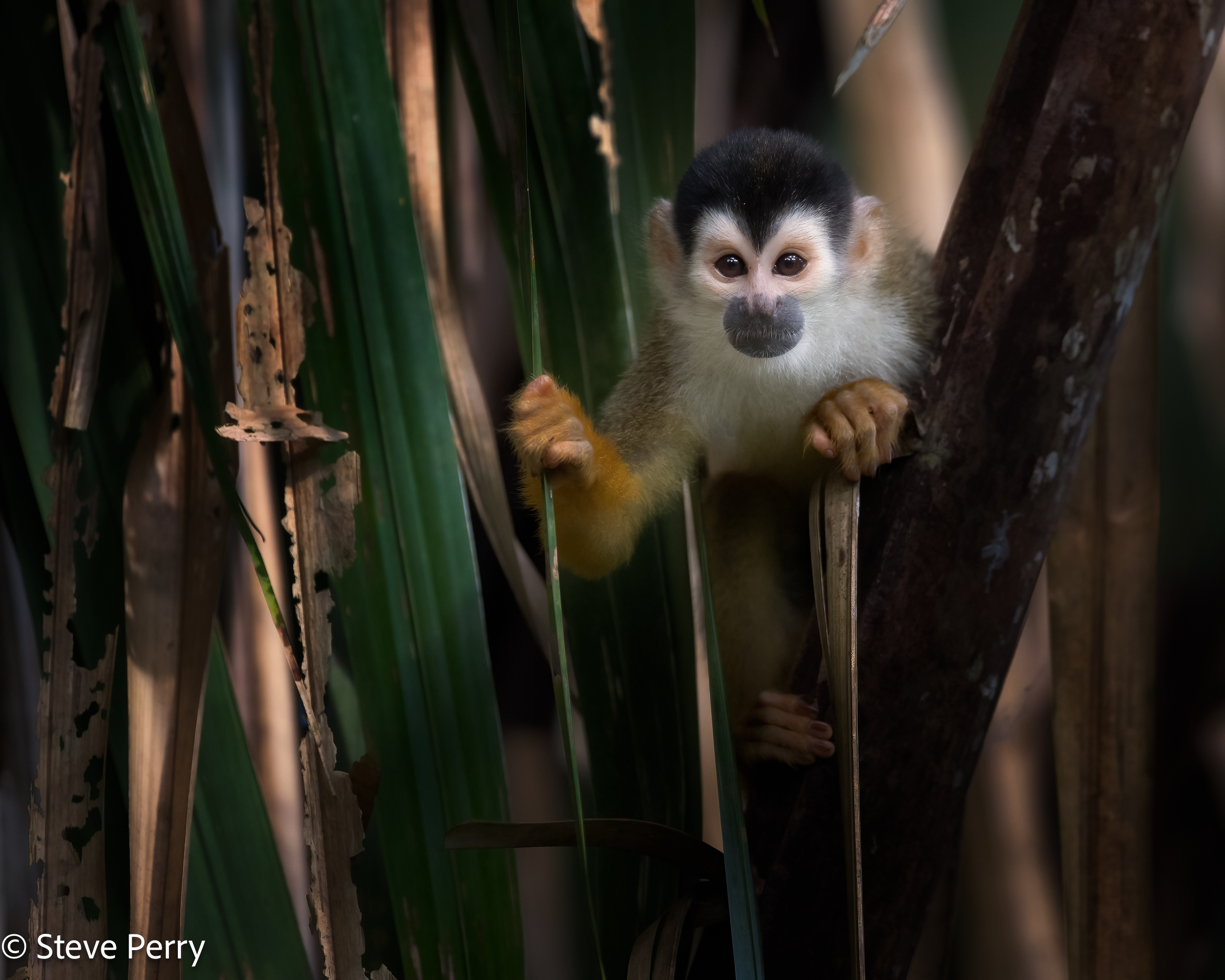
“While being on a workshop in Costa Rica, with Steve and Rose Perry [Amazing] I had the opportunity to work with their copartner Dennis, he was so knowledgeable, and enthusiastic, found and situated us in prime locations to see amazing wildlife! He loved sharing the wonderful wildlife so much I didn’t know who was more excited! I would tour with him again given the chance, anytime!”
~Cindy Sprott
What are the dates?
Week 1: June 1 – 8, 2025 (Dennis, SOLD OUT)
Week 2: June 10-17, 2025 (Dennis, SOLD OUT)
Week 3: Sept 12-19 , 2025 (Steve & Dennis, SOLD OUT)
Week 4 Sept 21-28, 2025 (Steve & Dennis, SOLD OUT)
Just added Week 5: July 11-18, 2025 (Dennis, SOLD OUT)
What’s the skill level?
This trip is best suited for photographers who have at least some experience with their cameras and have done at least a some wildlife photography. Costa Rica is one of the most challenging locations on the planet and while Dennis can guide you though the tough stuff, keep in mind that we do have 8 -10 participants so it’s important that you have some experience under your belt.
First, you should be comfortable with operating your camera. You should also be familiar with – and able to change – the following options on your camera:
- Exposure Modes
- Exposure Compensation
- AF Modes / Areas
- Metering Modes
- Drive Modes
- In addition, you should understand what shutter speed, F/Stop, and ISO do.
In short, the goal of this trip is to teach wildlife photography, not the basics of photography.
If you’re unsure if you have the proper skill set, contact us.
Are the animals tame?
Nope. Many people think this is sort of like a zoo experience where we head out to a location and the animals are just dripping off the trees. That’s not the case – this a wildlife workshop, not an excursion to the zoo 🙂 If you want a zoo-like experience, this trip isn’t for you.
However, if you like and accept the the idea of photographing wild animals, you’ll have an incredible time! Sure, we can’t predict what we’ll see or when we’ll see it, but the area is loaded with wildlife and it’s always a blast!
What’s included?
- All meals / food provided. Some from the resort, others from restaurants along the way.
- Non-alcoholic drinks (provided at / from the resort)
- Lodging throughout the workshop as outlined above. Note you can come early / stay later but your package only includes the nights for the workshop
- Ground transportation
- Flights from San Jose to the resort and back to San Jose
What’s not included?
- Your flights from home to San Jose and from San Jose back home.
- Alcoholic beverages
- Excessive baggage fees
- Gratuities / tips
- Airline fees / insurance / passports / personal expenses
- Any additional tours, activities etc. not expressly mentioned in the workshop
- Any additional nights accommodations that take place beyond the time frame of the workshop dates (but it is cool to stay an extra day or two)
- Laundry (there is an on-site laundry service)
- Any emergency services, if necessary. (There has never been an evacuation in the history of the resort, rest easy).
- Any meals you decide to have outside of the resort.
- Any other expenses not explicitly covered in the “What’s Included” section above
Can my spouse / family member come and stay at the resort?
Yes. For an additional $2400 your spouse or family member can share your accommodations throughout the workshop, however, they will not be able to join you on any workshop activities. That said, keep in mind there are tons of other activities at the resort, or they can just kick back and relax while you’re participating in the workshop.
How many participants are in the workshop?
In order to give you the best experience possible, we’re limiting the number of participants to a maximum of 8 people with the June trips and 10 for the September trips (since it’s both Steve and Dennis leading those tours). Booking will be done on a first come, first serve basis – nothing is held unless a deposit has been placed.
What should I wear?
The weather in Costa Rica is hot and humid. Like really hot and humid. Like, Florida in July, only hotter and more humid. And it likes to rain at least once a day. So, I recommend avoiding anything cotton – it just won’t dry and it will feel hot and icky (that’s the technical term BTW). I like dry-fit style shirts (I have some from Eddie Bauer that work well) and shorts (Columbia makes some nice options with their “Omni Wick” and “Quick Dry” water shorts). You can wear long pants if you like, however, make sure they are of the lightweight and fast drying variety.
When I go, I take the following:
Shorts (note – many participants prefer lightweight long pants)
Short Sleeve Dry-Fit style shirts
Long Sleeve Dry Fit style shirts (for sun protection if you’re out on a sunny day – shirts with SPF protection are recommended)
Non-cotton undergarments (seriously, sweat-soaked underwear sucks)
Lightweight hat
2 pairs of lightweight hiking shoes (preferably waterproof)
Lightweight raincoat
What should I bring for photo gear?
Keep in mind this is a dedicated wildlife trip, so you’ll definitely want your big glass. Using full frame, you’ll want at least 400mm, however, I HIGHLY recommend 500mm ~ 600mm or more. One of the super zooms is a good choice like the Nikon 200-500 / 180-600, Sony 200-600, or Canon 100-500. If you happen to have a big prime that’s even better – I use my 600 F/4 all the time and it works out extremely well.
I also HIGHLY recommend a macro lens – you’re going after quite a bit of wildlife that’s anywhere from dime to dollar size. Stick with a focal length of 100mm or longer. (Note – in a pinch you can certainly get by with most super zooms for macro work).
I also highly recommend taking a short zoom for snapshots and it’s always possible a good landscape opportunity will crop up. Something like a 24-70 would be just fine.
Since it can be rainy at times, you also may want some sort of “rain jacket” for your gear (or at least borrow a towel from your hotel room).
In addition, you’ll likely want a tripod and monopod (I used both quite a bit, but if I had to pick one, it would be the monopod).
When it comes to cameras, you’ll want as new of a DSLR or mirrorless as you can muster, preferably something from the last 3~4 years. You’ll end up in a lot of tricky lighting scenarios, often requiring good dynamic range and good high ISO. So, the newer, the better. Any current Nikon, Sony, or Canon is just fine.
Oh, and don’t forget extra memory cards and batteries!
What type of non-photography gear should I take?
You’ll want your laptop / card reader for sure – you’ll take a TON of photos and you’ll want to offload them at night. I’d also recommend an additional backup device, such as an external hard drive or large memory card (I use a large SD card for backup and keep it on my person at all times).
You’ll also want:
- Bugspray (the bugs really aren’t bad at all – most of the time you won’t need it, but doesn’t hurt to have it)
- Knee pads (optional)
- Small reflector (optional)
- Sunscreen (High SPF – the sun can be brutal)
Do I need to speak Spanish?
Not at all. I know about a dozen words in Spanish and I got along just fine. Everyone you will deal with speaks English.
Is it safe there?
Absolutely. Everyone is super friendly and never once did we feel “unsafe” in any way.
Is there a lot of hiking?
No, not on this workshop. Most of our photography is done near the vehicles, with some walking at the resort. Nothing too strenuous in any case.
Is the area packed with tourists?
Nope, not at all. Sure, there are visitors there, but I was amazed at just how few tourists were in the area. It’s one of the reasons I wanted to go to this location – no “competition” for critters!
Will there be opportunities other than wildlife?
Just to be 100% clear – this is a wildlife photography workshop, so the critters take precedent. However, that doesn’t mean you can’t grab a nice landscape or two while you’re down there. In fact, the docks are an incredible location for sunrise. 🙂
What’s the weather like?
It’s hot but not as bad as it gets from Dec-April. Still, expect hot and humid conditions with rain likely. The good news is that there’s usually a good bit of overcast that will allow the group to shoot all day in decent light.
Is any of this subject to change?
Yes. We may choose to rearrange / modify the schedule based on weather, unforeseen circumstances, or just better opportunities for you to get a better selection of images. The primary goal is for YOU to get as many great images as possible, and any schedule change will be based on meeting that goal.
What’s the price?
June Trips (Just Dennis)
The price is $6095 per person (or $5595 each for double occupancy, so bring a photography friend and save) with a 50% deposit per person due upon booking (Note, if you book within 90 days of the trip, the entire payment is required upon booking.) Maximum of 8 participants.
September Trips (Steve & Dennis)
The price is $6595 per person (or $6095 each for double occupancy, so bring a photography friend and save) with a 50% deposit per person due upon booking (Note, if you book within 90 days of the trip, the entire payment is required upon booking.) Maximum of 10 participants.
INCLUDED IN ALL TRIPS:
Again, this is fairly inclusive and includes:
- All meals / food (provided at / from the resort)
- Non-alcoholic drinks (provided at / from the resort)
- Lodging throughout the workshop as outlined above. Note you can come early / stay later but your package only includes the nights for the workshop
- Ground transportation
- Flights from San Jose to the resort and back to San Jose
- For single occupancy, you’ll have your own private room
Note that you will be responsible for the flight from your home to San Jose Costa Rica. Check with your favorite airline for current rates.
Also note that the rate for double occupancy (two workshop participants sharing a room) is lower per person. So, get a friend to do the workshop with you and you both save!
What if I have questions?
Send ’em to us via our contact form and we’ll get back to you as soon as you can. Note that this is only for questions – to sign up, use the form below.
How do I sign up?
Fill out the form below to start the signup process if you’re ready to book / put down your deposit. Thanks!

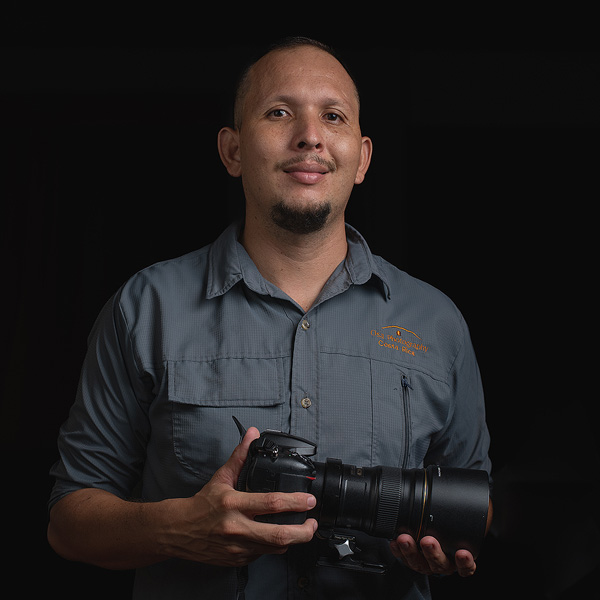

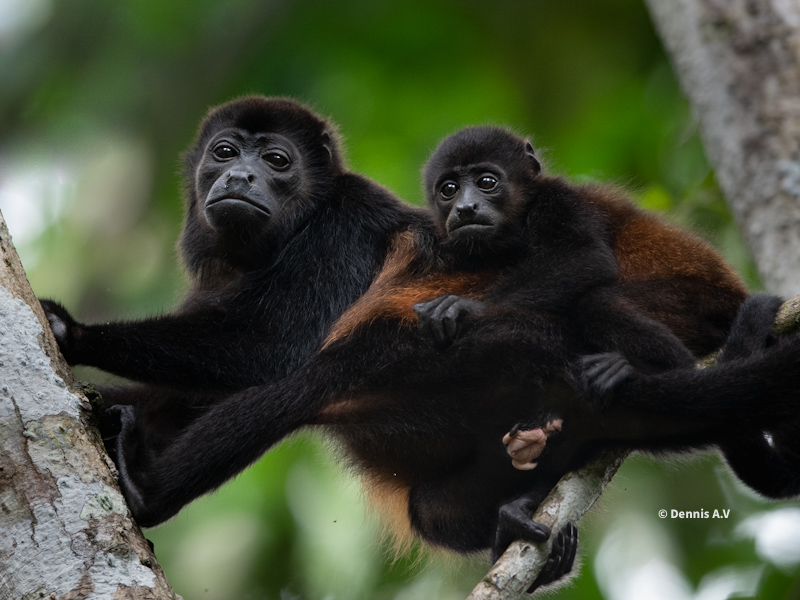
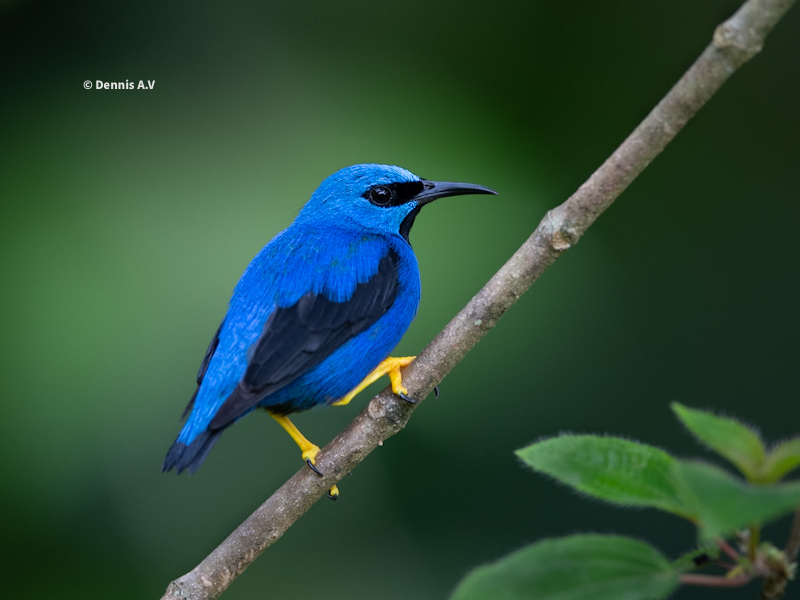
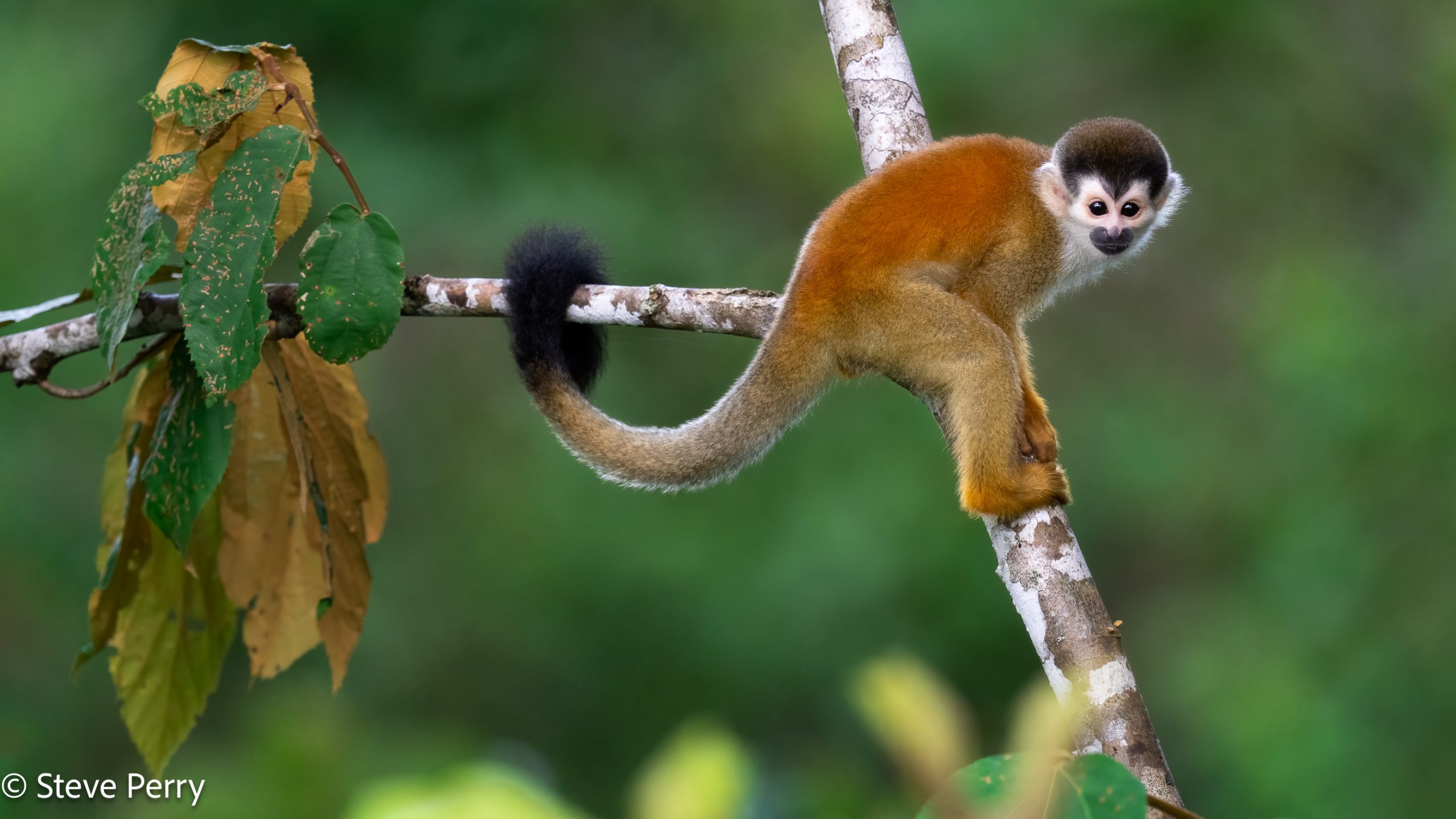
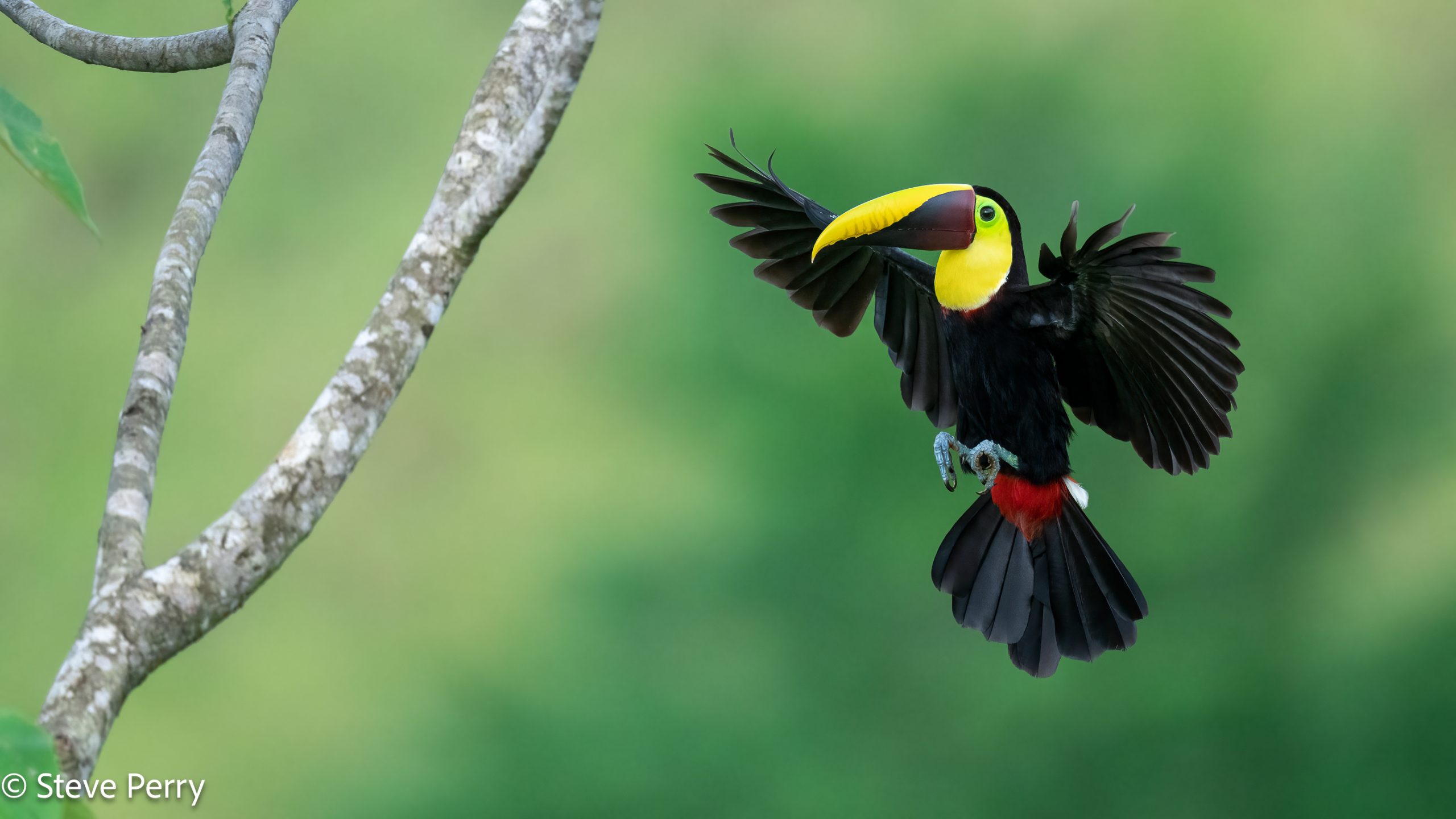
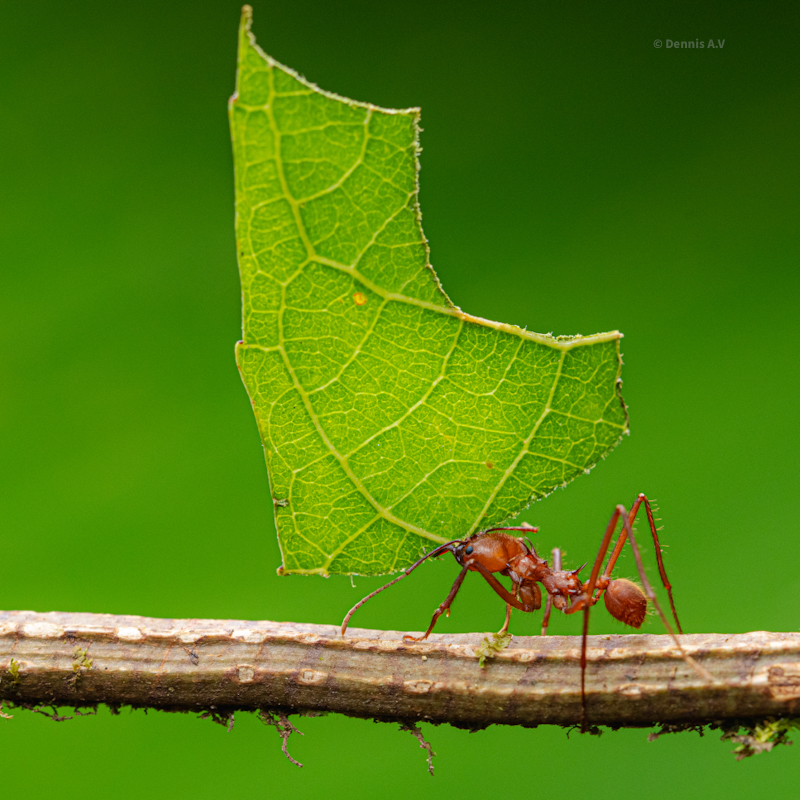
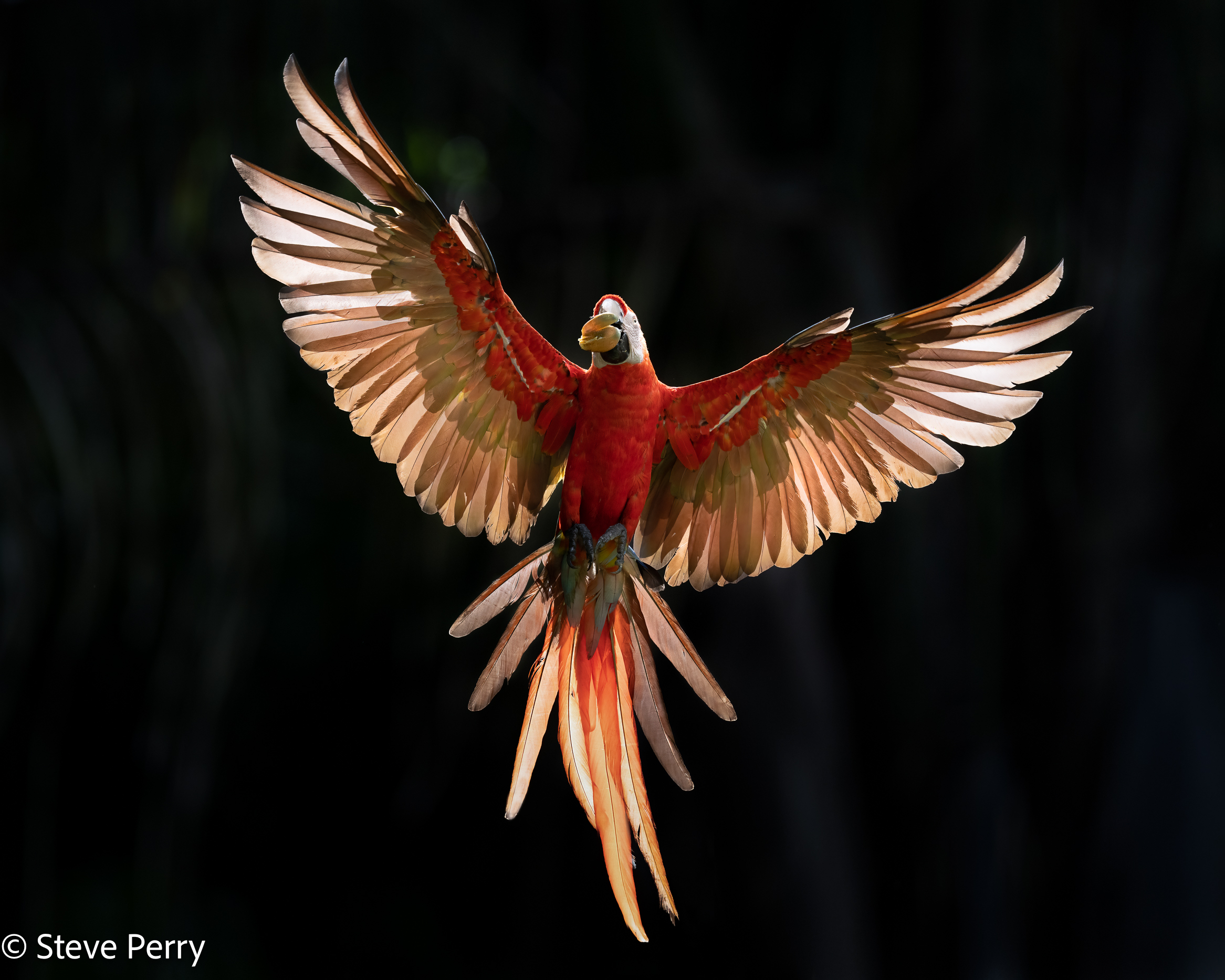
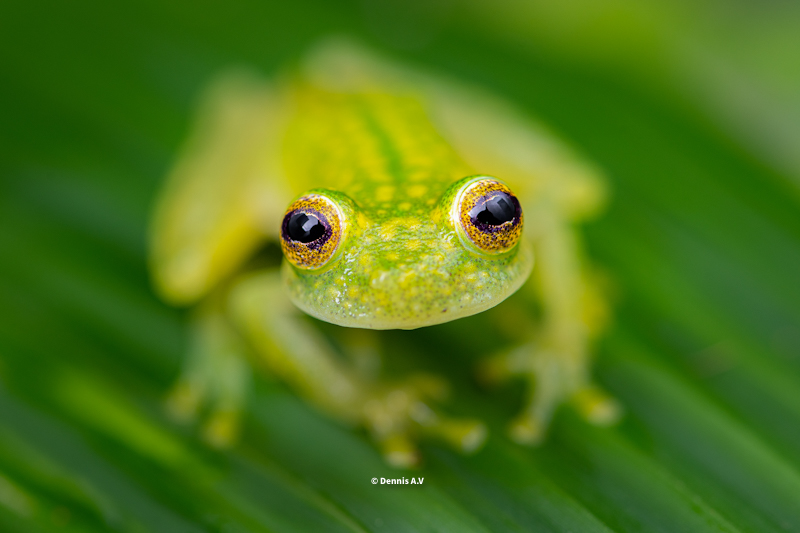
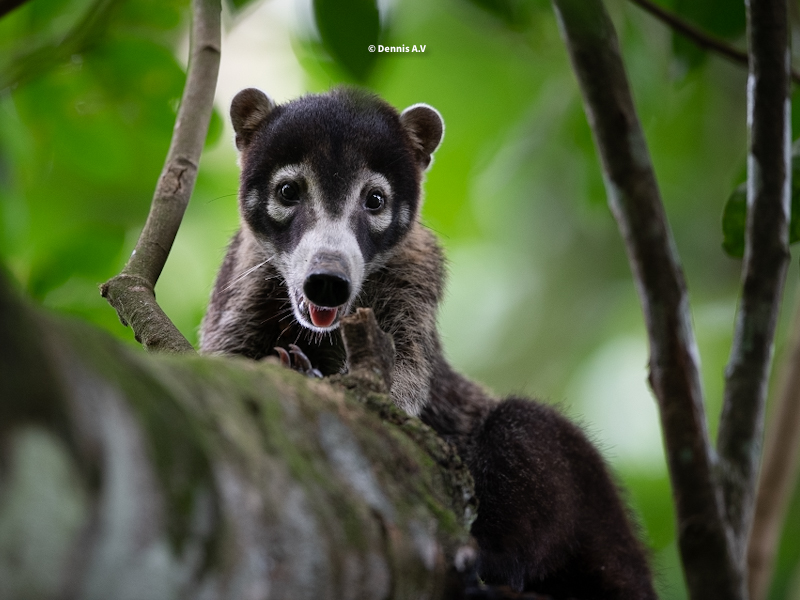
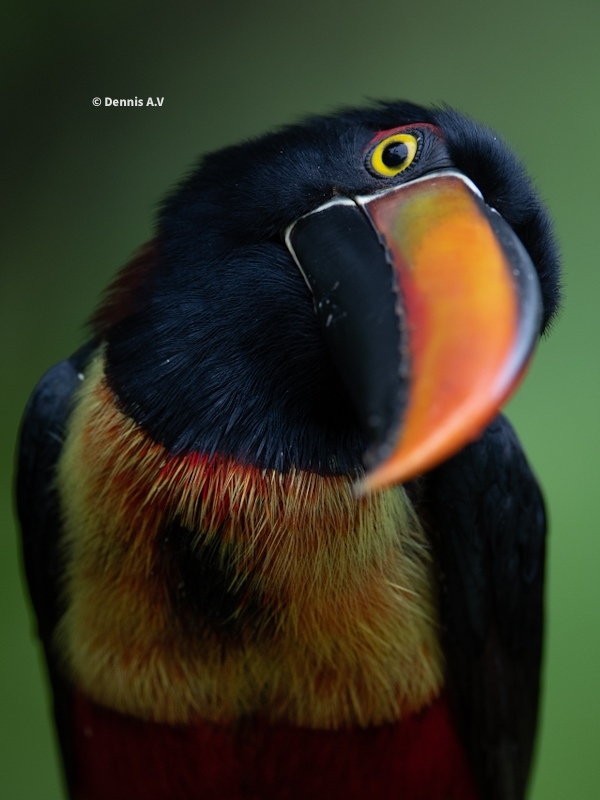
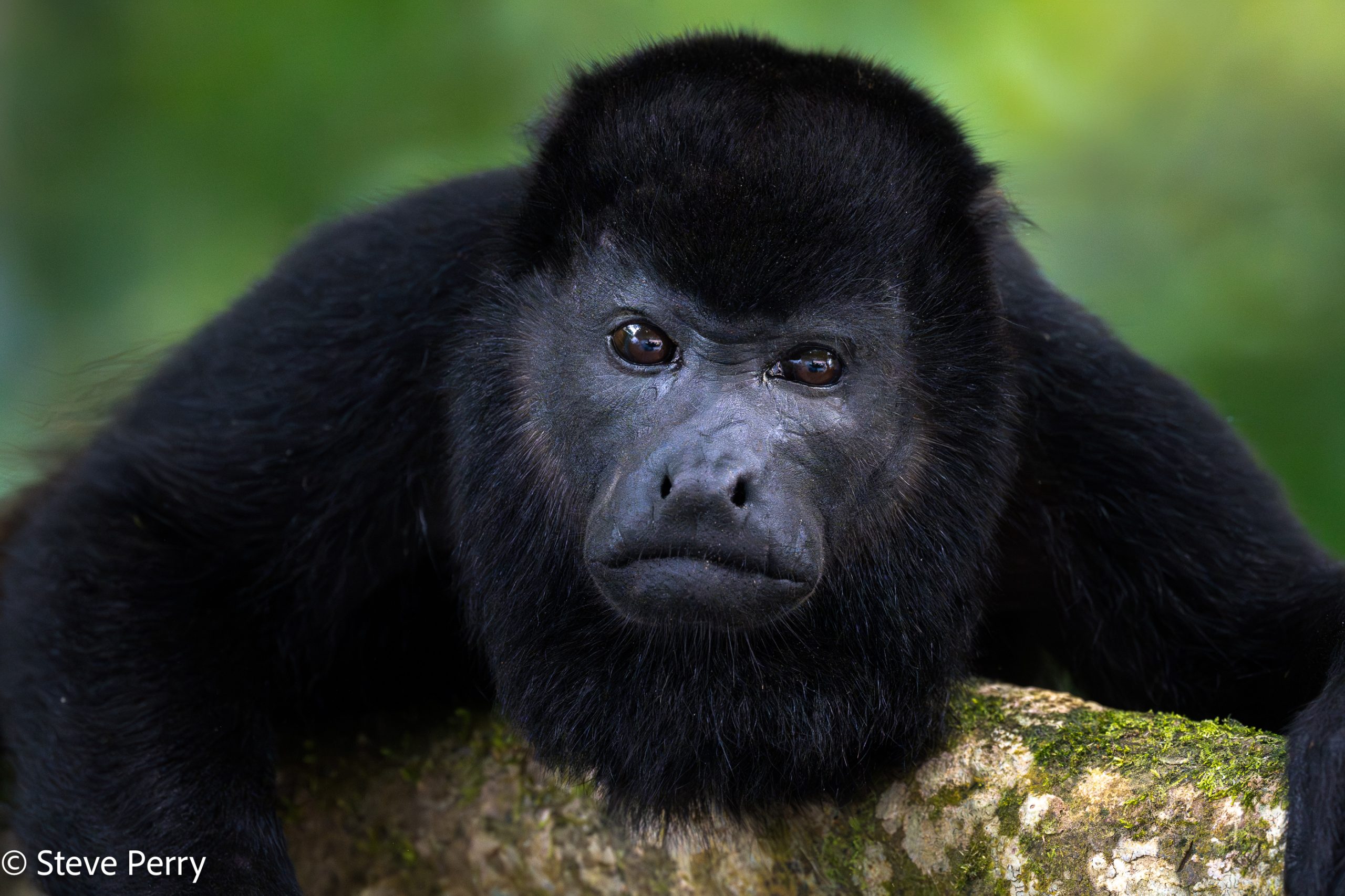
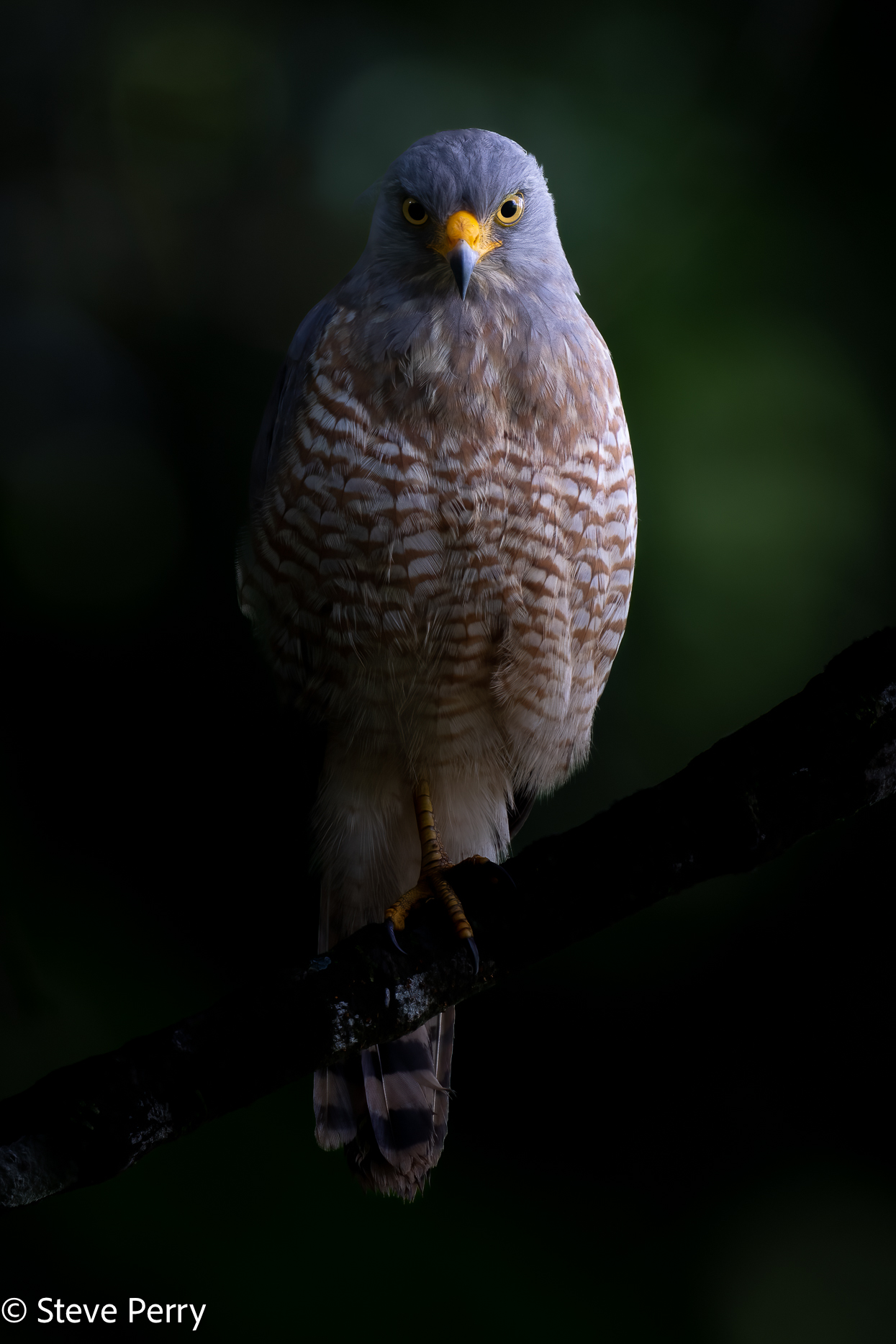
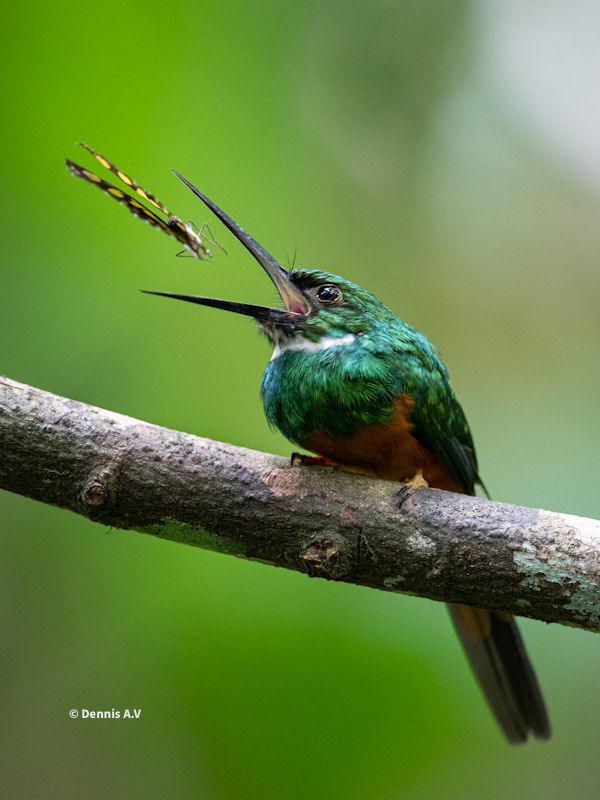
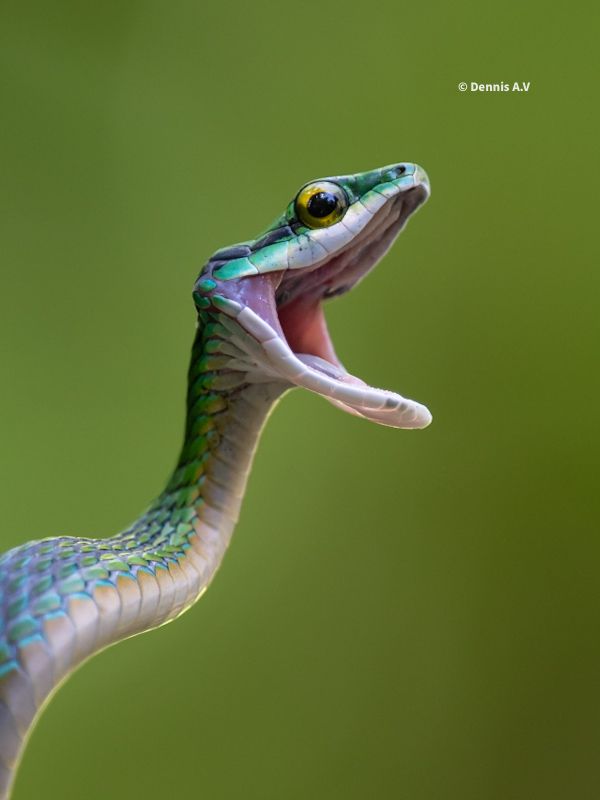
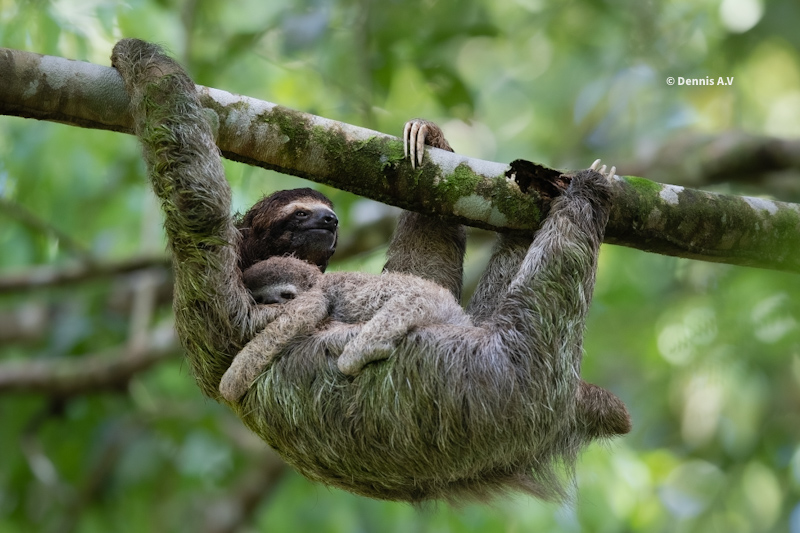
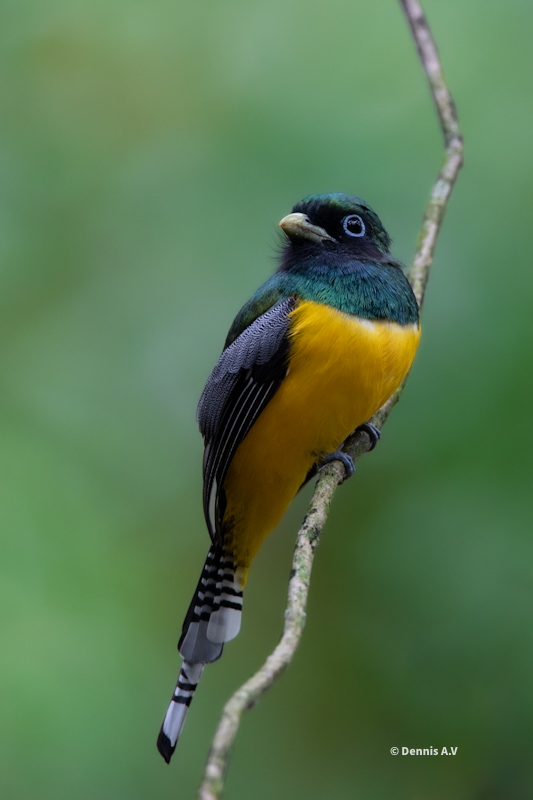
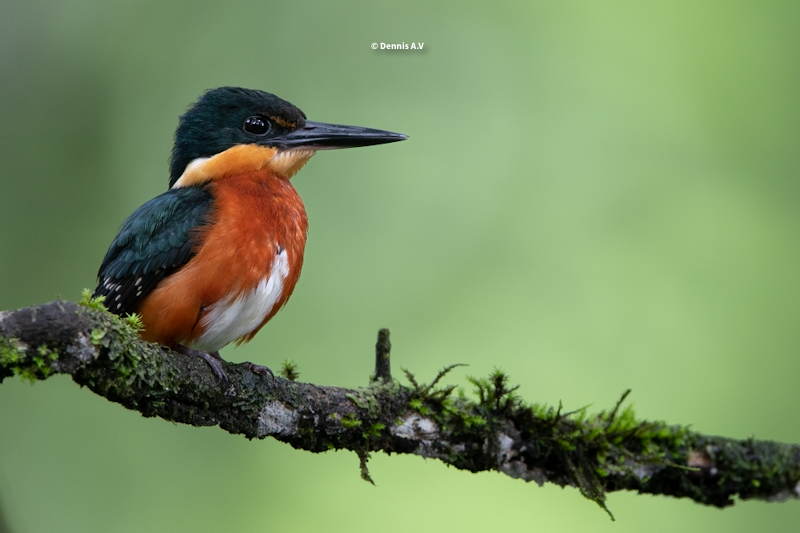
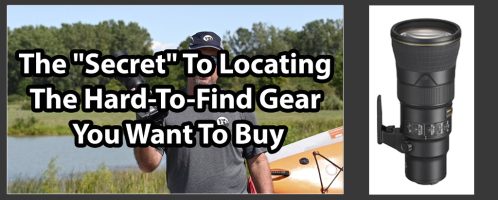
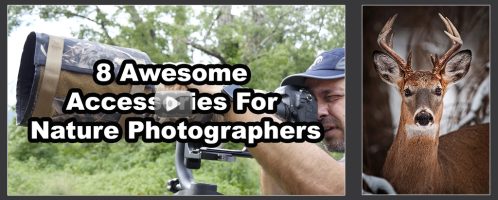
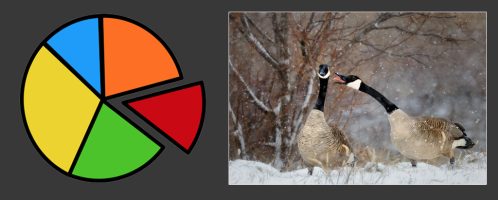
Do you have high speed flash hummingbird setups on this trip?
Excited to be able to attend the workshop and pursue my hobby more skillfully! Awesome opportunity to view the immense amount of wildlife on the Osa Peninsula.
Your COVID vaccine policy is offensive.
I just returned from Steve and Rose’ Costa Rica workshop, if you haven’t found yourself fortunate enough to attend one of their workshops not to freet their learning materials both ebooks and tutorials are a amazing way to learn from this couple!!! Invest!!!! You’ll never be sorry, alot of sweat, testing, research goes into everything they present!!!! On a final note these two are a perfect team, I loved Rose’s sense of humor,as well as Steve’s and the knowledge they both hold!!! Thank you for a great workshop!!!
The smaller aircraft has fairly light baggage allowances. My camera backpack is well over that 30 lb limit and that doesn’t account for all the non-camera stuff – clothes, shoes, etc, that would have to be in another bag. What can we expect re: overage fees, or not being able to get all our stuff on the same flight “subject to available space” ? Are bags over that 45 liner inches (most bags) accepted?
Also, if we choose to stay an extra day, either before or after, how does that affect transportation to / from San Jose?
Steve – curious if you’ve ever considered putting together workshops in the lower 48 in the future?
Would love to get on your wait list for 2020. Just finished your book Secrets to the Nikon AF system. Great read! At present, I shoot hummingbirds. Use a D500 and 200-500 5.6 Question: My husband would be accompanying me on the trip. He shoots film, medium format ( Mamiya and Rollie) would it be okay for him to join in on the adventure?
Thanks Steve Perry for your great post. This guide covers almost all things of Costa Rica Photography workshop and is one of the best article I have ever read. Keep writing such posts further.
How do I get on the 2021 wait list?! 🙂
I am interested in June 2019. My husband wants to come as a tag along. If we fill out the form when do we have to give you the deposit.
Sorry 2020 not 2019
Thanks for your interest. The resort will contact you shortly after you send in the form for the deposit, usually less than 24 hours. Until the deposit is received, the date is not officially booked, only held for a bit. Once you make the deposit, you’re 100% locked in.
What is the cancellation policy in case one gets sick before the trip.
Sorry for the delay – There is a $1500.00 deposit, however if you do have to cancel there is a $200.00 cancelation fee from the resort. Below is their (and our) cancelation policy: Our cancelation policy is 90 days out of your entry date you get all of your money back at exception of $200p/p for handling fees and if you cancel inside those 90 days we don’t give any refunds, what we can do is credit you for a year for another photography workshop that Mr. Perry will do at some other date or book a non photography workshop… Read more »
Nature Air has been grounded since a fatal crash in December 2017 so the only airline between San Jose and Puerto Jimenez is SANSA Airlines. They have a 30 pound check-in limit and a 10 pound carry on limit. How do they transport camera equipment plus clothing?
After a recent trip to Osa (not with Mr. Perry, unfortunately) … we got away with heavy camera bags on the way to Puerto Jimenez .. keep them on your back if a backpack … Sansa weighs checked bags and passengers with carry on bags. On the way back we got busted, my son and I paid the overage (and the bags went into the cabin anyway)… my wife, pretending her smaller pack weighed nothing had no issues although she was well over the 10 lb carry on limit.
Hi Steve,
I will be attending your 9/7-9/14 2019 Costa Rica workshop and am doing some air travel planning from/to USA. Question, on the last day (Day 8) from CBR to SJO flight what will be a save window of time to book a flight back to the USA that day from SJO.
Thanks, very much looking forward to the workshop.
Stelios
[…] 2019 Costa Rica Wildlife Photography Workshops […]
I wonder if Nikon 70-300mm f/4.5-5.6E VR AF-P FX would be sufficient to make wildlife photos in Costa Rica. Is 300mm reach long enough? (Sorry, if this question has already been answered somewhere.)
I’m very interested in attending, in July 2019. It looks like there may still be a few openings. I understand photography basics and read your book on the Nikon Autofocus system. However, I have not yet done wildlife photography (other than wild grandkids and a border collie). I have basic gear: D500, Nikon 200-500, 70-200, DX 18-200, SB5000, tripod, (no macro lens yet) Lowepro Pro Runner bag for air travel & backpack. What else would I need in experience and/or equipment to be ready for the workshop?
If you’re committed to it, there’s plenty of time to get enough experience between now and July. We had a really great guy in our first group that had only started wildlife photography 6 months earlier and he did great. The key is that you don’t want to head down without ever having done it or without knowing at least where the controls I mention in the Q&A above are located. If you sign up, I’d simply recommend going out and practicing with your gear between now and the workshop (a couple times each month at a local park would… Read more »
Fabulous images! What do you use to carry the gear? It’s so hard to get this on a plane as carry-on (size and weight!)
I use a now discontinued Gura Gear Kiboko 30L. Work really well and allows me to take my 600mm, 105 macro, 300 PF and a couple bodies + SB 5000. Some alternatives:
Tamrac Gura Gear 26
Tamrac Gura Gear 32 (careful with this one, size looks very close for carry-on)
Mindshift MP-3
Mindshift MP-1 (careful again, this is about 1 inch long for carry-on, but you can probably get away with it)
Thanks, this is always a challenge.
Battaflae 32L works well for normal overhead bins on aircraft. With something like the Bombardier Q400 I take everything out of the pockets on the cover flap which reduces the backpack to 7 inches and it will squeeze even into these overhead bins. I do use the LensCoat folding hoods for the 600mm and 500mm lens.
Regarding packs…I just came back from Africa. 3 flights & 28 hours…My Lotus pack by F-Stop (32 liters) fit in the overhead easy and could have fit on the floor at my feet with some “encouragement” but I place my 40 liter REI gear bag there. The F-Stop was very comfortable.
Good idea to take a flash that can be used off the camera when doing macro shooting of the critters. A 200mm macro provides more working distance when photographing poisonous snakes.
For the bugs it works best to treat clothing with a diluted permethrin solution and then one only needs to apply picaridin 15-20 percent solution to exposed skin.
We actually have better luck with reflectors than flash – seems easier in a hectic macro situation with am active, moving critter. The 200 macro is good (I love mine), but a little too slow focusing on our active little subjects, the 105 is better for most. I used my 200mm down there the first few trips, but I grabbed a 105 and find it much better in that environment. Plus, VR is really handy if you have to / want to hand-hold. For the snakes, most telephotos work well or the 300 PF is a real gem.
With the poisonous vipers at a distance of 12 inches with the 200mm versus 6 inches with the 105mm I feel a lot safer. I use the Nikon R12C1 with two ring mounted flashes and the SB-800 so I can do a 3:1 lighting ratio that provides a more natural look and enables the use of an f/11 aperture which would not be possible with a reflector in the jungles of CR.
Our venomous snakes are not done in the deep jungle, so reflectors get the job done nicely. That, and helping 10 people with flash setup and getting ratios correct would take far too long with our subjects – I have to consider the logistics of 10 people, not just one :). Shooting F/11 is not a problem, especially if the participant wants to use a tripod (it’s sometimes hard to convince them, but it is better when they use it). As I mentioned, we typically use longer telephoto lenses (like the 300 PF) for the vipers. There’s a safety concern… Read more »
I agree with the permethrin solution. I spray my fast dry clothes and socks well and dry on clothes line inside closed garage. Until fully dried, it is unsafe for kids, cats, and animals. Great for camping, hiking, and trips I’ve done in Costa Rican.
Hi Steve I am coming for the September 18-25 workshop and wanted to ask a few things about equipment. I have the Nikon 600 f4L and the 300 f2.8G also the 80-400 f4.5-5.6 and al three TC the bodies I plan to use are a D500 and D850 and I have the Gizo Monopod and the number 3 tripod. My Gimbals are a New Gitzo Gimbal and the wimberley 200 II I also have the Tamron 24-70G 2.8 the Nikon 24mm, Zeiss 25mm f2 and the Tamron 90mm macro and Nikon 200 f4 macro Also Nikon SB5000 flash and Godox… Read more »
Hi Henry –
I’ll send you an e-mail on this one.
Nature Air agent told me they could not guarantee that my photo gear would arrive the same day as my wife and I when flying to Puerto Jiménez Airport. How do you get around this with your groups?
Dear Mr. Perry, I am very interested in the COSTA RICA WILDLIFE PHOTOGRAPHY WORKSHOP you are organizing. I saw that both May trips are already sold out. By any chance it can be possible for you to add 2 more places in any of the May weeks? I hope you can!
Looking forward for your positive reply
Best Regards,
Fabio
Hi Steve,
I am so excited to be on this workshop! I even got my brother to come along. If we want to stay a day or two longer at Crocodile Bay, is it easy to just postpone our flight back to San Jose for our flight home?
Thanks!
Cookie
[…] and techniques to put more keepers on their cards. Oh, and there are still a few spots open for my Costa Rica workshop next year […]
I’m so excited to say that I just filled out the request form for me (and my wife as a tagalong).
Steve, I filled out the interest form for the two trips in August September and ready to put down deposit but I did not see a form to do it. Tom
[…] For pricing and new dates for this workshop click here […]
Hey Steve,
This is a truly marvellous opportunity. I am really sad that I will not be able to attend this year. In my case I’d also have to add the travel from India to San Jose, I will just keep a look out for the results from the participants and maybe the next edition I will be able to join.
All the very best to you and all the participants.
Cheers…Kishore
—
PS: keep up the excellent work.
Steve: The pictures, as usual, are marvelous. Would you be good enough to tell us the details on the hummingbird images. What lens, what setting, what ISO? Did you use a flash? Did you use a triipod? A monopod?
Thanks. Win
Steve,
I would like to attend. How much is the deposit and what are the terms?
I have spent a good deal of time in Costa Rica. A good tip to offer your guests is to buy a bottle of whatever they like to drink ( assuming they like to drink ) duty free in the airport in San Jose. Liquor, even beer is fairly expensive in CR and seems like it goes up every time I go. The price in the duty free airport store is close to the US.
John
Hi John –
It’s $1500 down with the balance due 90 days prior to the workshop.
The first week booked up within hours and we added a second week – which is almost full too!
Hi Steve
My wife and I Iive in the UK, and we pay for our inter-continental vacation flights with Air Miles. To get free seats, we have to book a long way ahead of the flight. So, this time, We’ll have to pass because my 2018 trips were booked ages ago.
Is there any chance you could announce your 2019 workshops earlier in 2018, so that we’d have a better chance of scheduling such a trip?
Thanks,
Gary
PS – how’s the D850 review coming along?
LOL, I’m lucky to be this far ahead of the game!
However, once we have this going smoothly, I’ll probably be able to announce further out and will try to do so in the future.
D850 review is coming along. Just a LOT of stuff with that camera – you’ll see what I mean when it gets posted 🙂
Very interested! How many memory cards did you use to take 14,000 pictures? Would you recommend we bring a computer to offload images onto hard drives? Or will a (Mac) computer be available to allow us to move images from memory cards to hard drives? I will have a Nikon D850 which I have not had a chance to play with yet. And some Nikon lenses, including a 200-400, 1.4 extender, 70-200, 24-70, and 14-24 zoom lenses, and I guess a macro lens. Do you think those lenses will be good, or will a longer lens be needed? Wondering what… Read more »
Hi Kevin – I used a pair of 64GB XDQ cards in the D5 and a XQD and SD in the D500 (and often would overflow). IMO, a laptop is a must for offloading. I offloaded to the laptop and then backed up to a large SD card and then my phone (so I can keep a backup with me at all times). The lens selection should be just fine – you’ll use the 200-400 (+TC) and macro the most for sure. A longer lens wouldn’t be a terrible idea. I used my 600mm all the time – although there… Read more »
Would love to go, but i can’t afford that sadly
Wow Steve, I wish I could afford the workshop, it would be like a humble priest of a remote town gets invited to dinner with the pope 😉 Too bad it’s out of my league for now, I hope you will host more workshops like this in the future.
Will there be any pre- or post events in US?
I`m thinking of attending but I`m from Europe and will not be able to attend any related US events.
Any other complications in not being an US citizent?
Torben
Hi Torben –
The workshop is 100% in Costa Rica, nothing in the US.
Hi, Steve.
Thanks for your answer about Jeeps some time ago, and for your excellent books and website.
Re Costa Rica workshop, one question. I have a crummy immune system so I want as much protection from bug-borne disease as is feasible. I have gear that should be adequate for daytime, but do you know whether the hotel has mosquito nets or AC?
Bob
Hi Bob – The hotel has AC for sure – you need it after a hot day out in the field. No nets though. That said, I was amazed at the lack of mosquitos and such down there (at least in the places we were). I expected it to be like strolling knee deep in a mosquito infested swamp in July, but it wasn’t bad at all. Only once did we bother with bug spray – most of the time they just didn’t bother anyone. In fact, we sat out on our balcony a couple of times at night and… Read more »